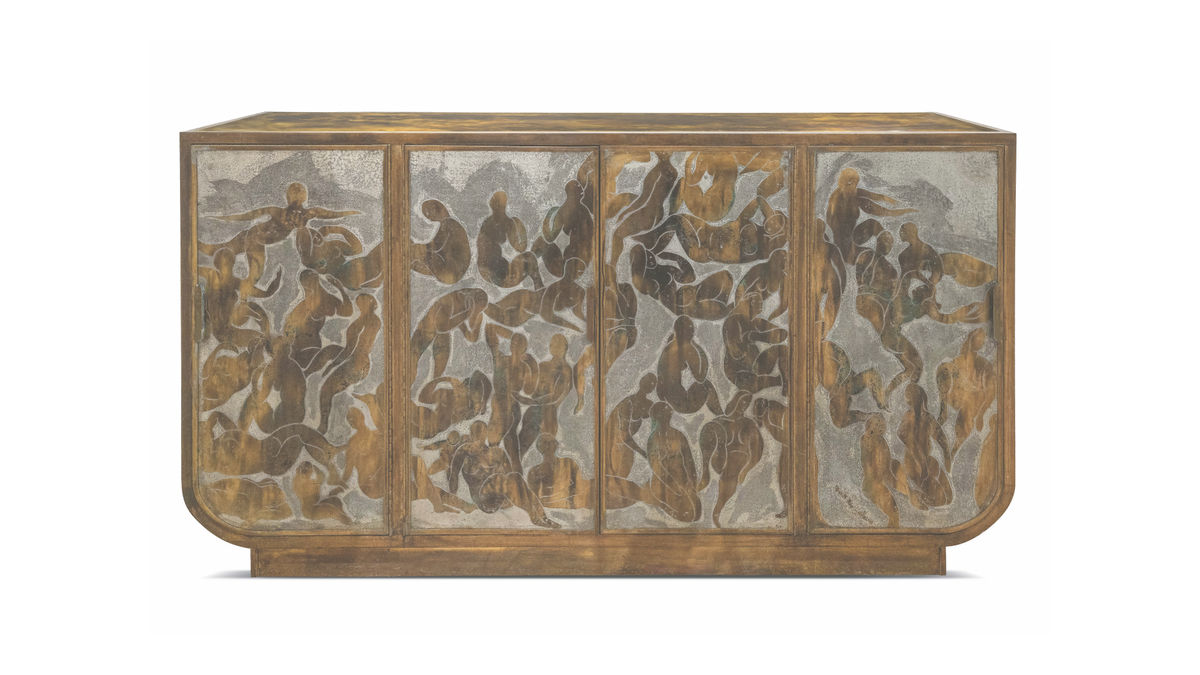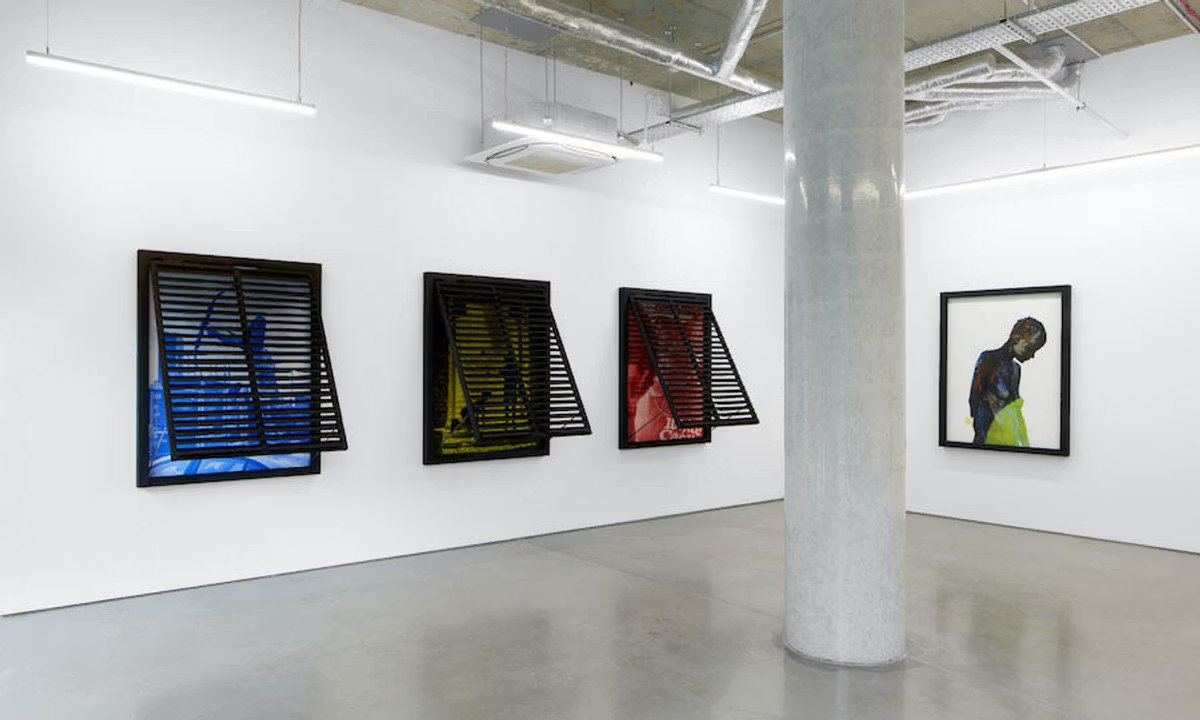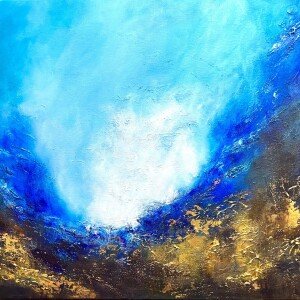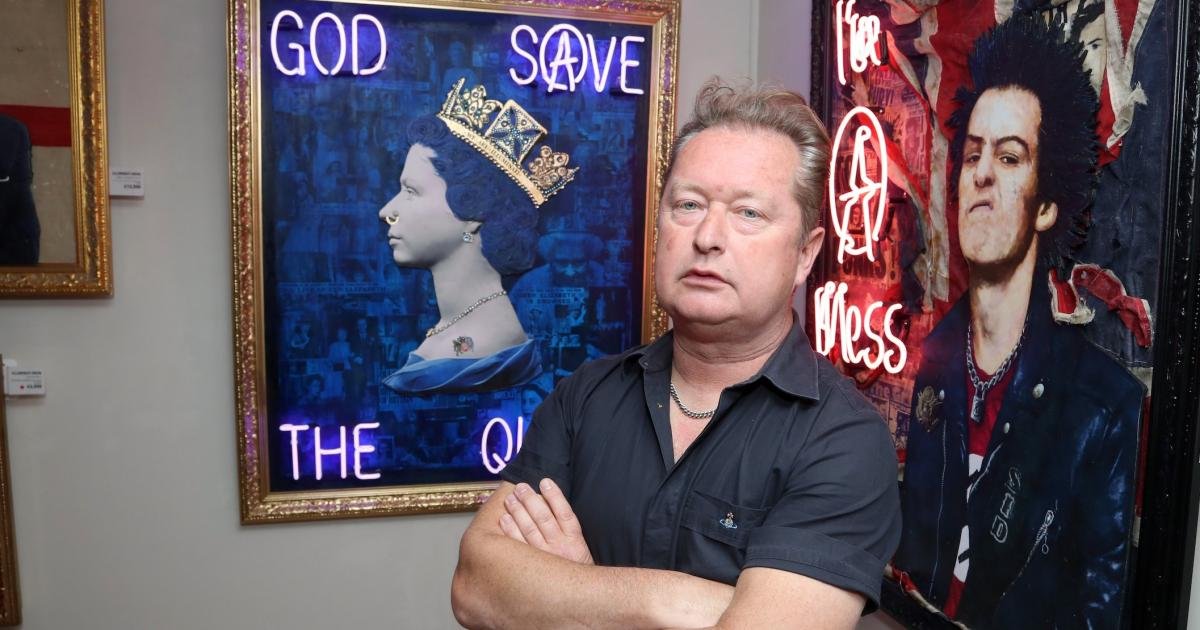As a father-and-son artist team, Philip and Kelvin LaVerne collaborated on hundreds of unique and complex works, now presented in a new book written by New York gallerist Evan Lobel in collaboration with Kelvin. A decade in the making, Alchemy: The Art of Philip and Kelvin LaVerne highlights the astonishing breadth and depth of the duo’s practice, which ranges from avant-garde furniture to sculpture and painting.
‘I opened my gallery Lobel Modern in 1998, and almost immediately I started showing works by the LaVernes,’ explains the gallerist. ‘Their works are unique and also very enigmatic; people would always ask me how they were made. And what the abstract patterns meant. To be honest, I didn’t have a good response to those questions at the time.’
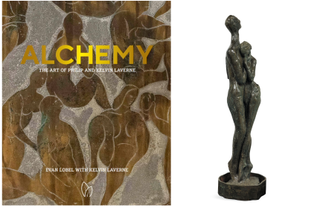
The new book’s cover and, right, Pygmalion, 1970s, by Philip and Kelvin LaVerne
(Image credit: Point Leaf Press)
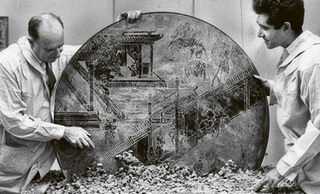
Philip and Kelvin LaVerne with their ‘Chan’ coffee table in the 1960s
(Image credit: Point Leaf Press)
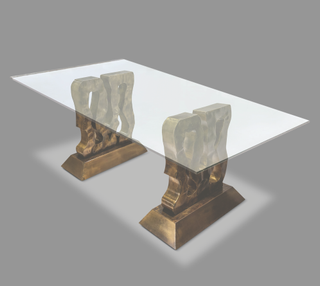
‘Abstract’ dining table, 1970s, by Philip and Kelvin LaVerne
(Image credit: Point Leaf Press)
To learn more about the duo, Lobel bought an old catalogue from the 1970s and studied it. ‘The truth is that over time I was finding a lot of one-of-a-kind pieces that were incredible: small tables, paintings, and sculptures. There was a lot of variation in designs and methods of fabrication: most pieces were engraved, but there were also pieces cast in bronze, hand-brazed [welded] works and engraved paintings,’ recalls Lobel.
‘It was then that I realised that these weren’t furniture designers but artists. In fact, they called their works “function sculptures”, and that gives you great insight into their mindsets.’
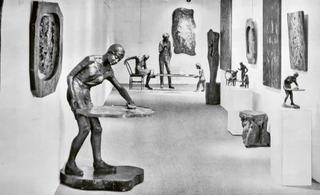
A 1970s photograph of the Seymour Gallery, which was located on the third floor of Philip and Kelvin LaVerne’s gallery on East 57th Street in New York, shows where the artists displayed their finest artworks
(Image credit: Point Leaf Press)
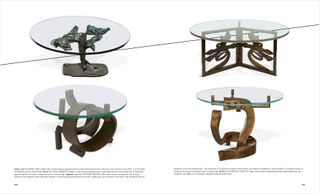
A series of coffee tables from the 1970s, by Philip and Kelvin LaVerne
(Image credit: Pointed Leaf Press)
Many of the LaVernes’ pieces, which often blend historical references of past civilisations and art historical motifs with modernist design principles, have featured in Wallpaper* interiors shoots, and their value has sky-rocketed over the past few years. The new book focuses on the duo’s biography and introduces a bounty of beautiful and never-before-seen images and commentary.
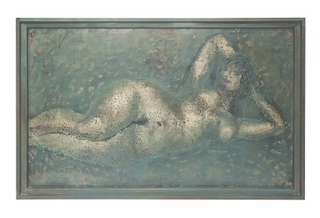
The Passion, 1970s, by Philip and Kelvin LaVerne
(Image credit: Point Leaf Press)
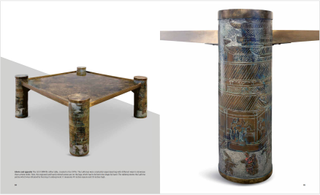
‘Les Chinois’ coffee table, 1970s, by Philip and Kelvin LaVerne
(Image credit: Point Leaf Press)
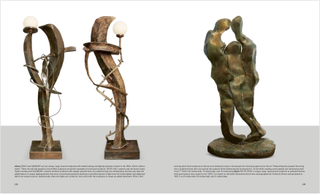
Left, Grace and Harmony; right, Pas de Trois, both from the 1960s, by Philip and Kelvin LaVerne
(Image credit: Point Leaf Press)
‘My favourite work by Philip and Kelvin LaVerne is a pair of illuminating large sculptures named Grace and Harmony,’ says Lobel. ‘They are one-of-a-kind works and the LaVernes made them by hand-brazing them. They wanted to incorporate lights at the backs and tops because they felt that the “halos” created by them gave them a spiritual aura. They are masterpieces.’
Kelvin, now in his eighties, discusses the works at length in the book, which is a true collaboration with Lobel. The result is a comprehensive testament to the importance of the LaVernes as artist-designers who brought history, craftsmanship, and innovation into conversation with functional design and art. Through many conversations, over the course of a decade, Kelvin shared unparalleled insight into the methods he and his father used.
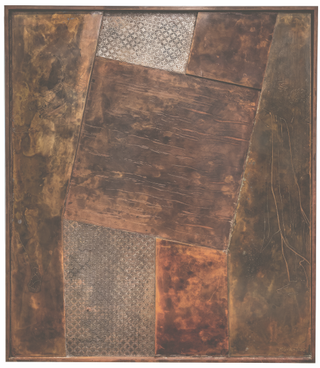
Hellenic Memories, 1970s, by Philip and Kelvin LaVerne
(Image credit: Point Leaf Press)
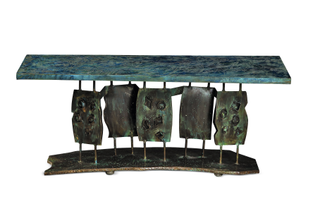
‘Dance of Fauves’ coffee table, 1960s, by Philip and Kelvin LaVerne
(Image credit: Point Leaf Press)
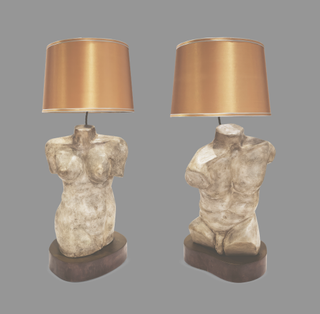
‘Male and Female Torso’ table lamps, 1970s, by Philip and Kelvin LaVerne
(Image credit: Point Leaf Press)
‘In the book, I do a deep dive into the artists’ experimentations and various methods of production, and the inspiration behind their works,’ explains Lobel. ‘Each piece has a story, and many of the stories are extremely thought-provoking. They were interested in creating pieces that seemed to be rooted in the past but with modern forms.
‘They buried their pieces in soil for an extended period to achieve the “LaVerne patina”. In the 1950s they experimented with various metals and soils for six years before finding the optimal combination, which involved a soil from Africa kept at a low temperature. They were not just artists, they were chemists and physicists. They were alchemists.’
Alchemy: The Art of Philip and Kelvin LaVerne, by Evan Lobel with Kelvin LaVerne, $120, from Pointed Leaf Press, also available from waterstones.com, barnesandnoble.com and amazon.com

